Crimes against children: Study shows 17% rise in abuse case reports
Social pressures, sluggish legal system hinder effective data collection
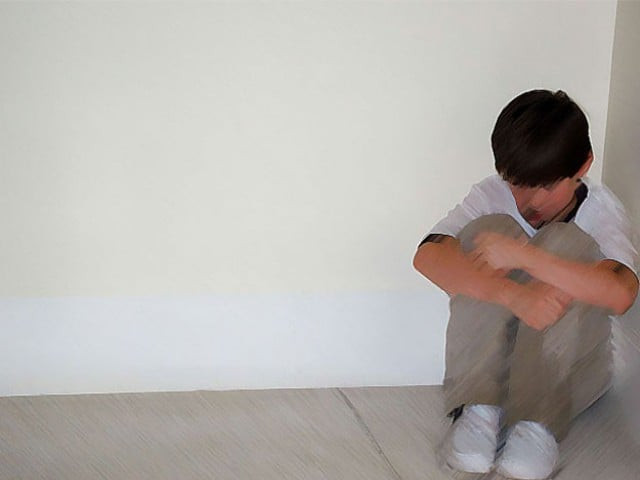
STOCK IMAGE
The horrific Kasur child abuse scandal shocked the nation this August, but a new study titled “The State of Children in Pakistan” shows why this shock was many years too late.
The study, conducted by Children’s Complaints Office in Islamabad and funded by the UN Children’s Fund (Unicef), finds that though laws exist, the severe lack of implementation renders them essentially ineffective. The criminal justice system is also quite unfriendly to child rights and the unavailability of data on the prevalence of child abuse, especially when it occurs within the family, is a major challenge to ensuring child safety. Using data from child rights NGO Sahil, the study shows that 3,508 cases of sexual abuse were reported in 2014 – an increase of 17% over 2013 figures.
Inadequate justice system
The report finds that the Pakistan Penal Code covers crimes related to sexual assault, including abduction, rape, gang-rape molestation, murder after sexual assault, etc. But what makes it inadequate to the needs of children is that none of these penal provisions is specific to cases where the victim is a child. None of the codes deal with sexual consent, a key violation of rights in child abuse cases.
Availability of data
Child sexual abuse cases, which the society closely relates to notions of honour, are shrouded in secrecy. Many times, the abuser is known to the child, making it even harder for families to fight it out in legal battles. Therefore, the report states, families opt out of reporting child abuse cases leading to a paucity of reliable data on this crime. Furthermore, there is no mandated system of reporting child sexual exploitation or abuse, and the sluggish nature of the criminal justice system implicitly discourages families from filing lawsuits.

This lack of data on child sexual abuse may create a cycle of failure on effective child rights policy. As these crimes are not reported, reliable statistics on how many of these sexually active children suffer from health problems is also unavailable. Therefore, there are no effective strategies to reach out to these child victims and protect them from further abuse and fatal diseases.
Highest risk areas
Children, it seems, aren’t safe anywhere. Since perpetrators in most cases are acquaintances who gain a child’s trust before exploiting him or her, the home and educational institutions can be extremely unsafe.
Those at highest risk of sexual abuse are nomad or refugee children who are forced to live on the streets, workers in industries such as transportation and deep sea fishing, and those in juvenile jails or detention centers. Less surprisingly, child sexual abuse is prevalent in or areas near shrines and red light districts, where brothels and pimps arrange visits between children and the criminals.
The report states that in major cities such as Lahore, Rawalpindi, Multan, etc., adults hire child masseuses ostensibly to perform massages, but use the opportunity to sexually abuse the worker. According to child rights NGO Seher, boys are more prone to sexual abuse as they are forced to become economically active at a young age.
Punjab most unsafe province
According to the report, 58% of child abuse cases were reported from Punjab in 2014, but the authors caution that due to the secrecy aspect that drives families to choose not to report cases, figures may be inflated in areas where the media has greater access and channels are communication are stronger. Twenty-five percent of the cases were reported from Sindh, with the highest number of cases originating in Khairpur.
Figures compiled by Sahil show that 297 cases were reported in Balochistan, while 152 were reported in Khyber-Pakhtunkhwa, but authors suggest that these figures may be unreliable due to strict traditional system that hinder reporting of sexual crimes. However, they note, there was a marked increase in the number reported in Balochistan as only 106 were reported in 2010. While 38 cases were reported in Azad Jammu and Kashmir, only one case was reported each in Gilgit-Baltistan and Fata.
Published in The Express Tribune, September 28th, 2015.

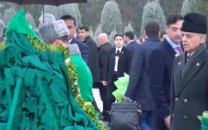

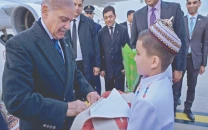

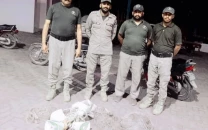
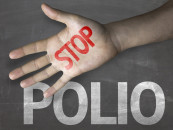












COMMENTS
Comments are moderated and generally will be posted if they are on-topic and not abusive.
For more information, please see our Comments FAQ